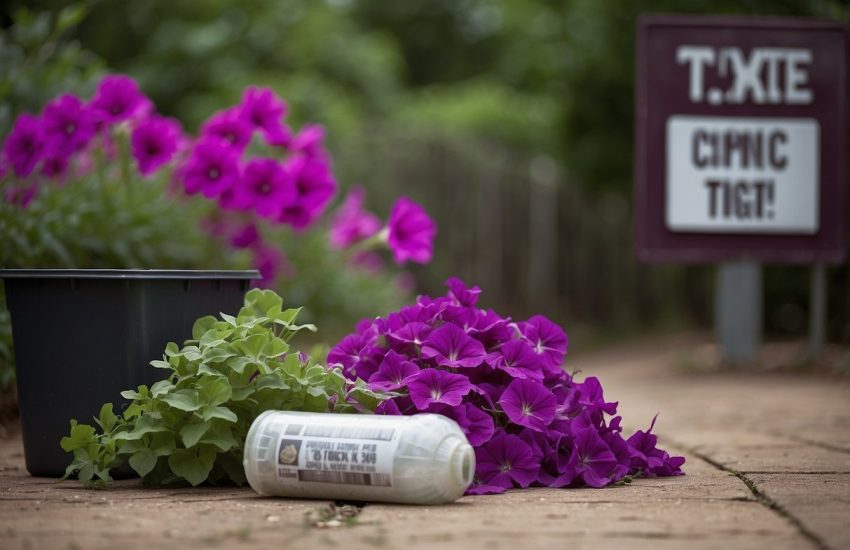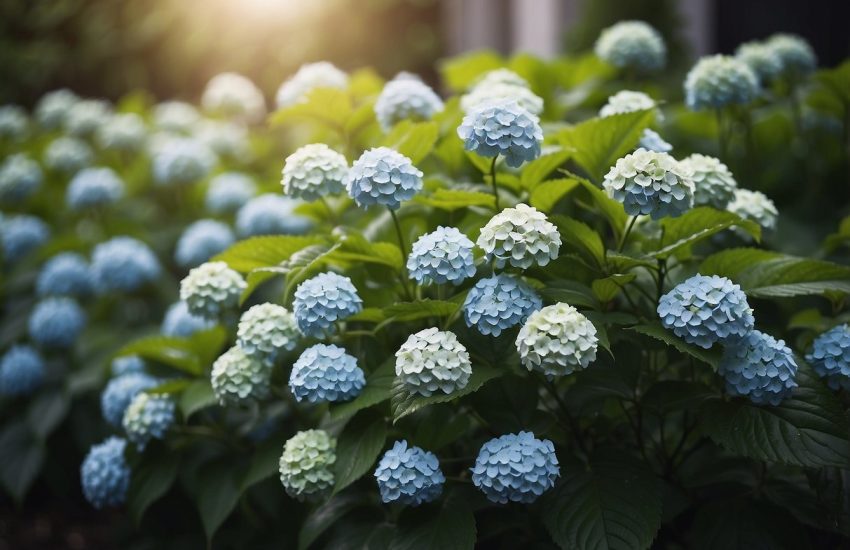Plants That Look Like People: A Guide to Humanoid Flora
Plants have always been a source of fascination for humans. From their beauty to their medicinal properties, plants have provided us with numerous benefits. However, some plants have a unique characteristic that makes them even more intriguing – they look like people. These plants have leaves, flowers, or fruits that resemble human body parts, such as hands, fingers, and even faces.

This phenomenon is known as mimicry, where one organism imitates the appearance or behavior of another to gain an advantage. In the case of plants that look like people, it is believed that this mimicry helps them attract pollinators. By resembling human body parts, these plants are able to catch the attention of animals that are attracted to human-like shapes, such as monkeys and birds.
Evolution has played a significant role in the development of plants that look like people. Over time, these plants have developed unique adaptations that allow them to survive and reproduce in their environment. Whether it is the shape of their leaves or the color of their flowers, these plants have evolved to mimic human body parts in order to increase their chances of survival.
Mimicry in Plant Evolution

Plants have evolved various strategies to attract pollinators, including mimicry of other organisms. The phenomenon of plants mimicking human body parts or extraordinary shapes has fascinated botanists for centuries. In this section, we will explore some of the most intriguing examples of plant mimicry.
Psychotria Elata and the ‘Hot Lips’ Phenomenon
One of the most famous examples of plant mimicry is the “hot lips” phenomenon exhibited by the Psychotria Elata plant. This plant, also known as the “hooker’s lips” plant, has evolved a reproductive organ that closely resembles a pair of luscious red lips. The plant’s bright red color and alluring shape attract pollinators such as insects, which are then lured into the plant’s reproductive organs to transfer pollen.
Orchids Resembling Human Figures
Orchids are known for their extraordinary shapes and colors, and some species have evolved to resemble human figures. One example is the naked man orchid (Orchis italica), which has a flower that resembles a naked man. Another is the “dancing girls” orchid, which has flowers that resemble a group of dancing girls. The monkey face orchid and the orchid that looks like a ballerina are other examples of orchids that have evolved extraordinary shapes to attract pollinators.
Snapdragons and Their Afterlife
Snapdragons are a popular garden plant that have also evolved to mimic other organisms. The plant’s seed pod, when dried, resembles a human skull. In some cultures, snapdragons are associated with death and the afterlife, and the plant is used in funeral wreaths and other death-related rituals. The snapdragon’s seed pod is also used in various crafts, such as jewelry making and home decor.
In conclusion, plant mimicry is a fascinating aspect of plant evolution. Plants have evolved to mimic other organisms, including human body parts and extraordinary shapes, to attract pollinators. The examples discussed in this section, such as the Psychotria Elata, the naked man orchid, and the snapdragon, demonstrate the incredible diversity of plant mimicry.
Plants with Human-Like Features
Plants have always been a source of inspiration for artists, poets, and philosophers. Some plants have features that resemble human body parts or even facial expressions. In this section, we will explore some of the most interesting plants with human-like features.
Succulents and Cacti with Human Features
Succulent plants are known for their unique shapes and textures. Some succulents have features that resemble human body parts such as fingers or toes. For example, the Ladyfinger cactus (Mammillaria elongata) is a small cactus that looks like a cluster of fingers. Another interesting succulent is the Baby toes (Fenestraria rhopalophylla), which has small, round leaves that look like tiny toes.
Cacti also have interesting shapes and textures. The Thumb cactus (Mammillaria vetula subsp. gracilis) has a round shape with a small protrusion that looks like a thumb. The Finger cactus (Mammillaria elongata) has long, thin stems that resemble fingers. The Bushman’s buttocks (Lithops aucampiae) is a small, round succulent that looks like a pair of buttocks.
Floral Resemblances to the Animal Kingdom
Flowers are known for their beauty, but some flowers have features that resemble animals or body parts. For example, the Brain coral (Favia rotundata) is a type of coral that looks like a human brain. The Hanging lobster claw (Heliconia rostrata) has vibrant red and yellow leaves that mimic the human spine.
The Oriental poppy flower bud (Papaver orientale) has a distinctive shape that resembles a bird’s head. The Buddha’s hand (Citrus medica var. sarcodactylis) is a citrus fruit that looks like a hand with fingers. The Pansy (Viola tricolor) has a face-like appearance with its two upper petals resembling ears, and the three lower petals resembling a mouth and nose.
Some orchids have features that resemble animals or body parts. The White egret orchid (Habenaria radiata) has white flowers that look like a bird with outstretched wings. The Moth orchid (Phalaenopsis) has flowers that resemble a moth in flight. The Swaddled babies (Anguloa uniflora) is an orchid that has flowers that look like a baby swaddled in a blanket. The Flying duck orchid (Caleana major) has a flower that looks like a duck in flight. The Holy ghost orchid (Peristeria elata) has a flower that looks like a dove in flight.
Finally, the Bird of paradise (Strelitzia reginae) has a flower that looks like a bird in flight, while the Parrot flower (Impatiens psittacina) has flowers that resemble a parrot in flight.
In conclusion, plants with human-like features can be found in many different environments, from the rainforests to the Mediterranean. While some of these plants are endangered, many can be grown in gardens or as houseplants. Whether you are an artist, a gardener, or simply a nature lover, these plants are sure to inspire and fascinate you.


